Tibet prioritizes ecological protection in development

Photo taken with a mobile phone shows a lake in Ge'gyai County, southwest China's Tibet Autonomous Region, April 12, 2022.
Known as "the roof of the world," southwest China's Tibet Autonomous Region is deemed the "water tower" of Asia, a climate regulator and gene pool of the planet Earth. The regional government has prioritized the building of ecological civilization in Tibet's development. (Xinhua/Shen Hongbing)

Photo taken with a mobile phone shows a herd of horses running near Baiku Lake in Nyalam County of Xigaze, southwest China's Tibet Autonomous Region, May 14, 2021.
Known as "the roof of the world," southwest China's Tibet Autonomous Region is deemed the "water tower" of Asia, a climate regulator and gene pool of the planet Earth. The regional government has prioritized the building of ecological civilization in Tibet's development. (Xinhua/Shen Hongbing)
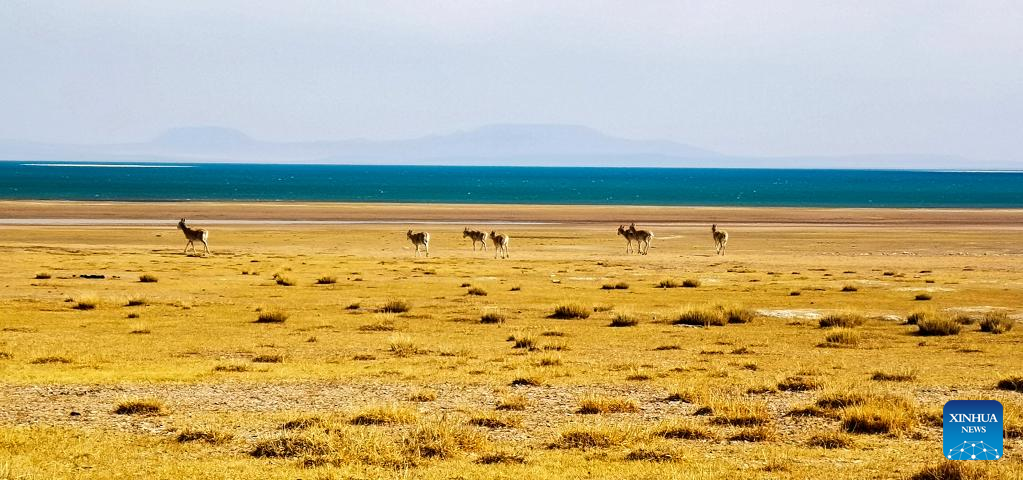
Photo taken with a mobile phone shows a herd of Tibetan gazelles near Serling Tso Lake in Nagqu, southwest China's Tibet Autonomous Region, April 13, 2022.
Known as "the roof of the world," southwest China's Tibet Autonomous Region is deemed the "water tower" of Asia, a climate regulator and gene pool of the planet Earth. The regional government has prioritized the building of ecological civilization in Tibet's development. (Xinhua/Shen Hongbing)

Photo taken with a mobile phone shows the Banggong Lake in Ngari, southwest China's Tibet Autonomous Region, April 8, 2022.
Known as "the roof of the world," southwest China's Tibet Autonomous Region is deemed the "water tower" of Asia, a climate regulator and gene pool of the planet Earth. The regional government has prioritized the building of ecological civilization in Tibet's development. (Xinhua/Shen Hongbing)
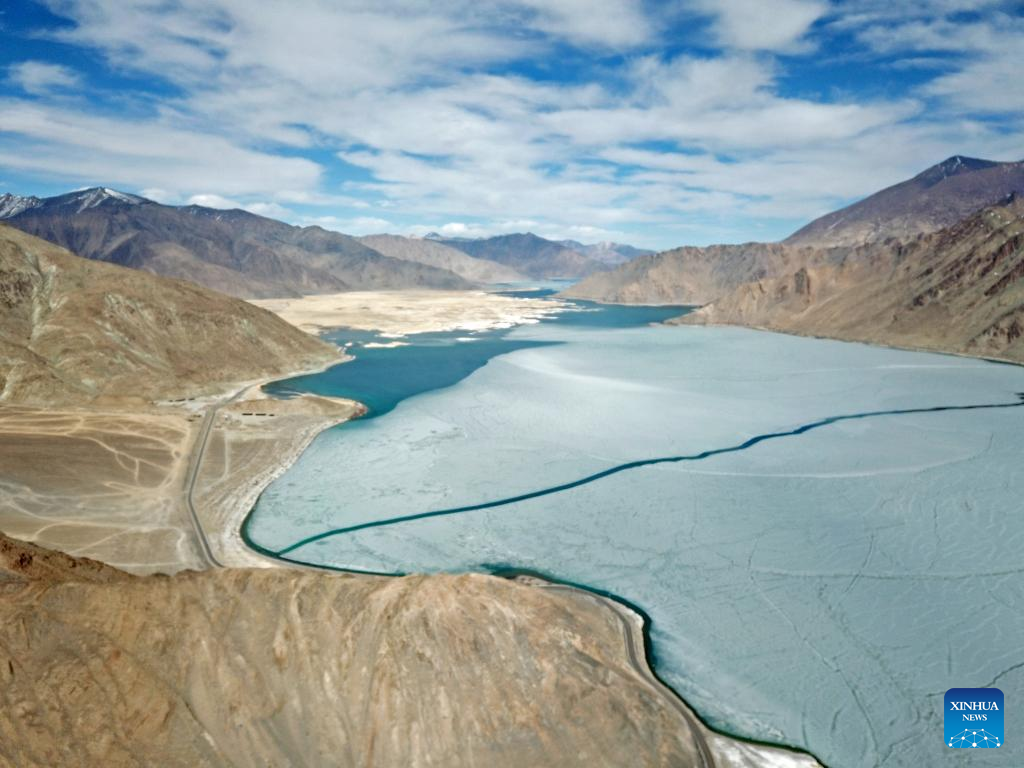
Aerial photo taken on April 5, 2022 shows the Banggong Lake in Ngari, southwest China's Tibet Autonomous Region.
Known as "the roof of the world," southwest China's Tibet Autonomous Region is deemed the "water tower" of Asia, a climate regulator and gene pool of the planet Earth. The regional government has prioritized the building of ecological civilization in Tibet's development. (Xinhua/Jiang Fan)

Photo taken on April 13, 2022 shows Serling Lake in Nagqu, southwest China's Tibet Autonomous Region.
Known as "the roof of the world," southwest China's Tibet Autonomous Region is deemed the "water tower" of Asia, a climate regulator and gene pool of the planet Earth. The regional government has prioritized the building of ecological civilization in Tibet's development. (Xinhua/Jiang Fan)
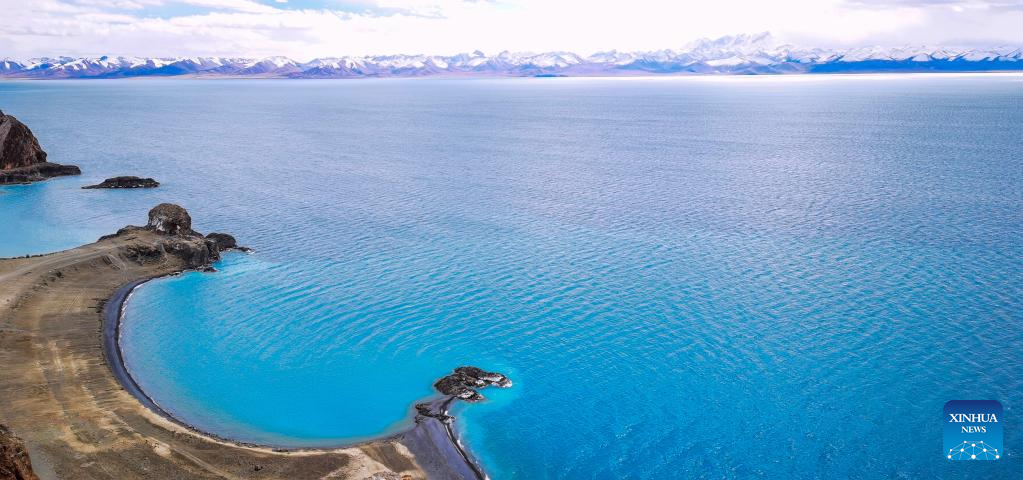
Photo taken with a mobile phone shows the scenery of Lake Namtso in Baingoin County, southwest China's Tibet Autonomous Region, Nov. 20, 2021.
Known as "the roof of the world," southwest China's Tibet Autonomous Region is deemed the "water tower" of Asia, a climate regulator and gene pool of the planet Earth. The regional government has prioritized the building of ecological civilization in Tibet's development. (Xinhua/Shen Hongbing)
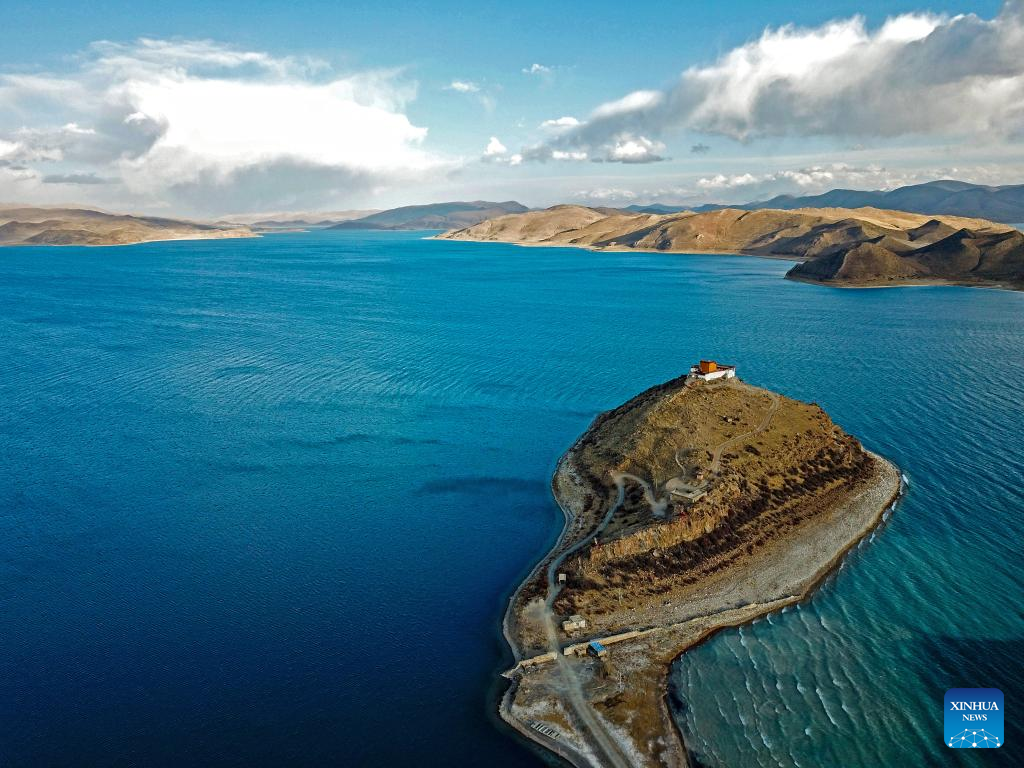
Aerial photo taken on April 16, 2022 shows the scenery of the Yamzbog Yumco Lake in Shannan, southwest China's Tibet Autonomous Region.
Known as "the roof of the world," southwest China's Tibet Autonomous Region is deemed the "water tower" of Asia, a climate regulator and gene pool of the planet Earth. The regional government has prioritized the building of ecological civilization in Tibet's development. (Xinhua/Jiang Fan)
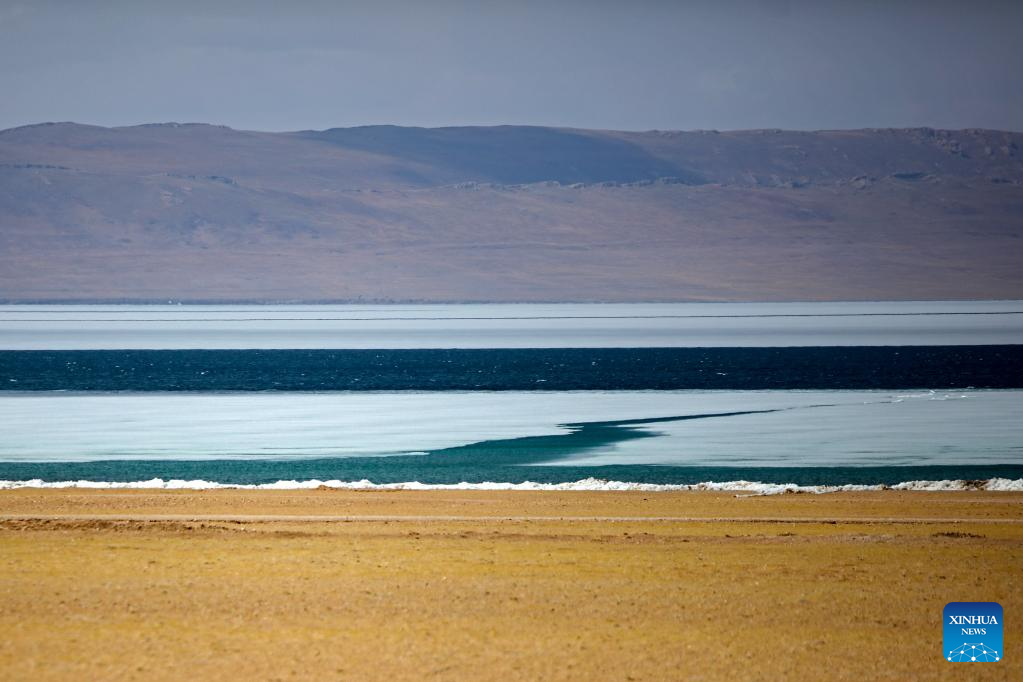
Photo taken on April 13, 2022 shows the scenery of Qagoi Lake in Nagqu, southwest China's Tibet Autonomous Region.
Known as "the roof of the world," southwest China's Tibet Autonomous Region is deemed the "water tower" of Asia, a climate regulator and gene pool of the planet Earth. The regional government has prioritized the building of ecological civilization in Tibet's development. (Xinhua/Jiang Fan)
Photos
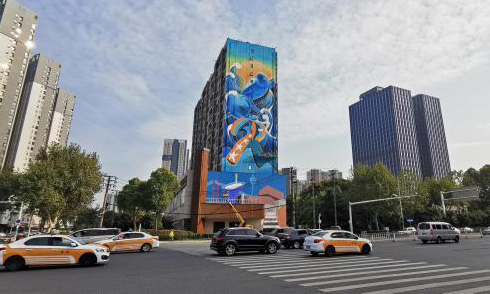 Young artist takes up brush to create lifelike paintings expressing mankind and nature’s harmonious co-existence
Young artist takes up brush to create lifelike paintings expressing mankind and nature’s harmonious co-existence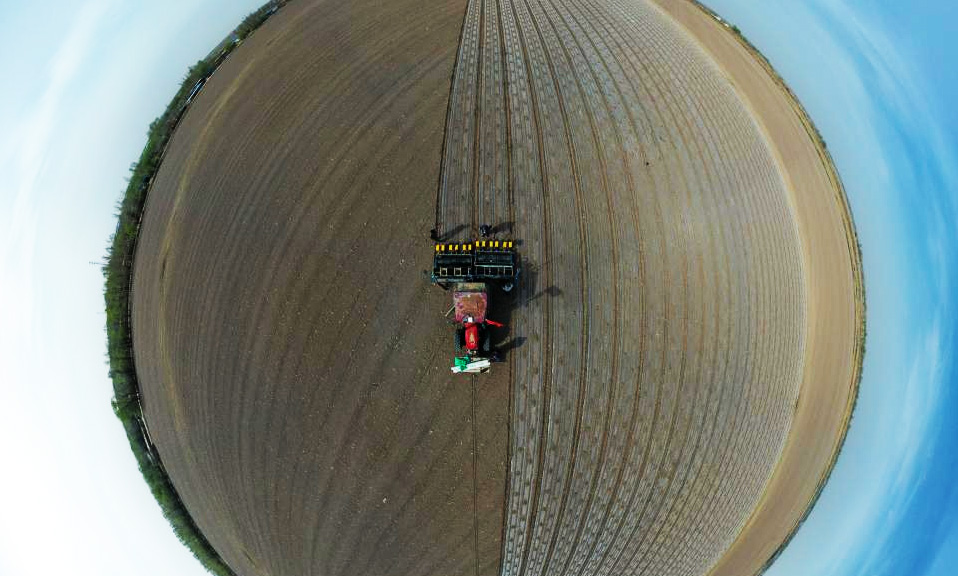 Cutton farming in full swing in China's Xinjiang
Cutton farming in full swing in China's Xinjiang Spring scenery along section of Grand Canal in Beijing
Spring scenery along section of Grand Canal in Beijing New faces called up for Chinese national women's volleyball team while Zhu Ting missing
New faces called up for Chinese national women's volleyball team while Zhu Ting missing
Related Stories
Copyright © 2022 People's Daily Online. All Rights Reserved.






